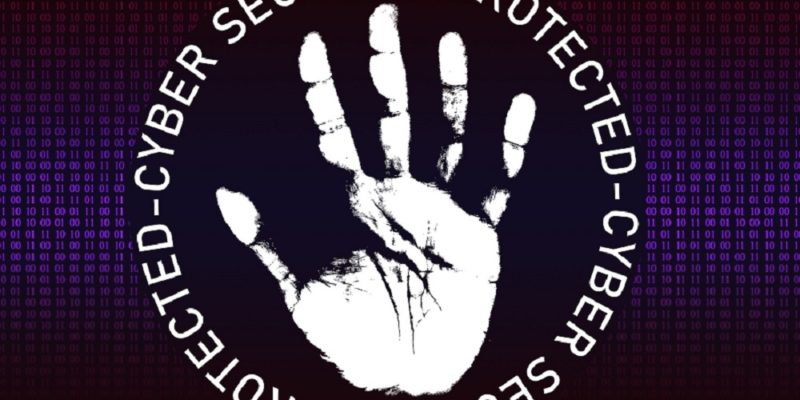 A Journey in Organizational Resilience: Supply Chain and Third Parties
A Journey in Organizational Resilience: Supply Chain and Third Parties
The next stop on our journey focuses on those that you rely on: supply chains and third parties. Working with external partners can be difficult. But, there is a silver lining. Recent attacks have resulted in an industry wake-up call when it comes to cybersecurity resilience. You see, the purpose of using external partners is…





